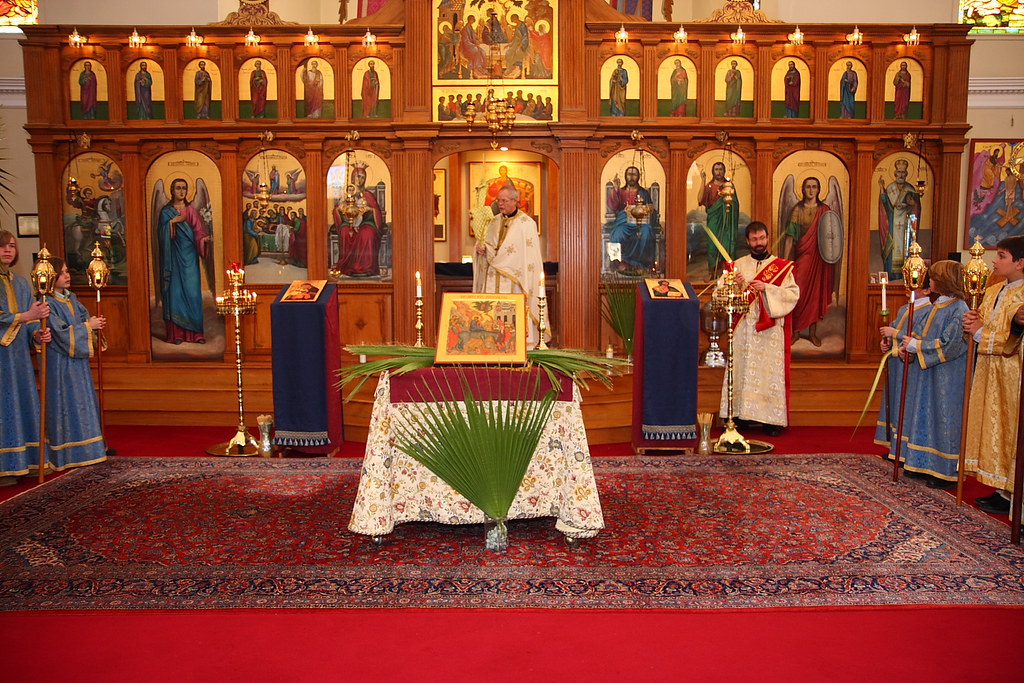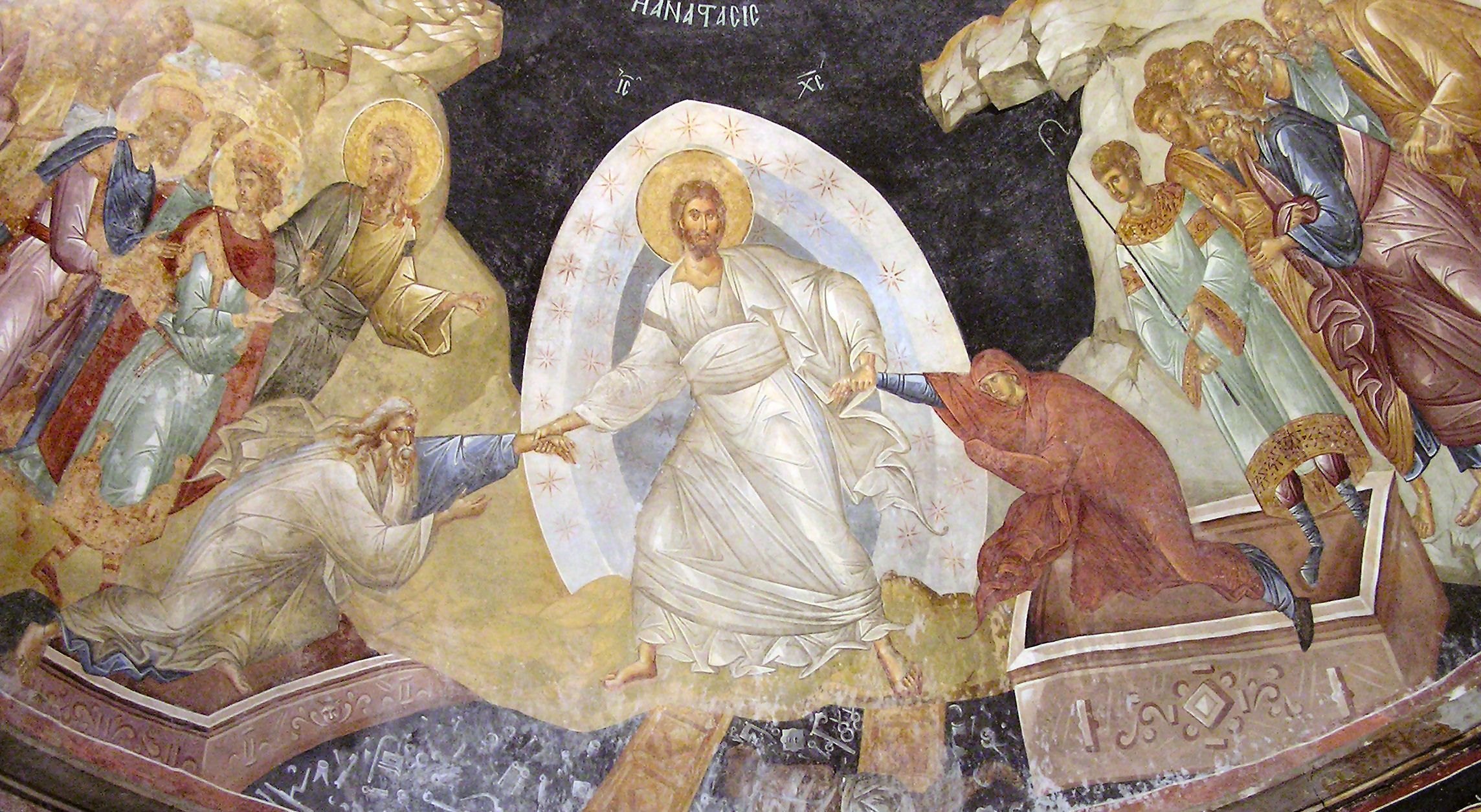Visual Metaphors: Shut Out
Published: May 10, 2008 by Maria Gwyn McDowell
This post is so overdue it is almost pointless, except that I keep returning to this idea of “visual metaphors.” We are used to verbal metaphors which refer things we see, and my current reading companion, Gregory of Nazianzus, uses abundant pictorial language to convey his rhetorically and philosophically rich theology. What I mean here are not metaphors that refer to what we see, but things that we see which serve as metaphors.
The power of a visual metaphor was perfectly illustrated at the first Lenten service of the year (now you can see why this post is overdue, two weeks into the paschal season). During this beautiful vespers service, the middle of which marks the beginning of Lent, first, the lights are lowered. Then, the gates are shut. I remember looking up from my prayer, and the almost-physical shock that ran through my body when I saw that the gates were shut. In that moment, I realized I was outside, shut out of the kingdom. I saw it, and because I saw it, I felt it, I knew it, and I grieved it. This is exactly what Lent is about, the reminder that we live outside of the reign of God, and can only hope that the gates will again open.
For those readers who are utterly mystified as to what I am talking about, a contemporary Orthodox altar is dominated by an Iconostasis, an “icon stand." 
At the dawn of Lent, or better, at the setting of the Lenten sun which will not rise again for weeks, the doors are closed. The theological meaning of this liturgical gesture really is that we are shut out of the paradise of God. Like Adam and Eve, we are shut out of the garden only to return because of the Resurrection, in which the gates of hades are broken. The Anastasis, the icon of the Resurrection, depicts these broken gates lying shattered at the feet of Christ who raises with one hand Adam and with the other Eve.

We see this too in our liturgy, the opening of the gates, the return of the sun. The paschal vespers, sung in a church in which all candles have been extinguished, ends with the Phos Hiarion, the coming of the “joyful light.” Out of the darkened altar comes a light which is passed from one worshipper to another, banishing the darkness through the open gates of paradise.
The gospel of the liturgy which follows is not a resurrection gospel but John 1:1-18, a gospel which revisits the creation in light of the resurrection, a gospel in which we are invited to live not outside the gates, but inside the gates of paradise. We are invited to live this not in the eschatological future, but here and now.